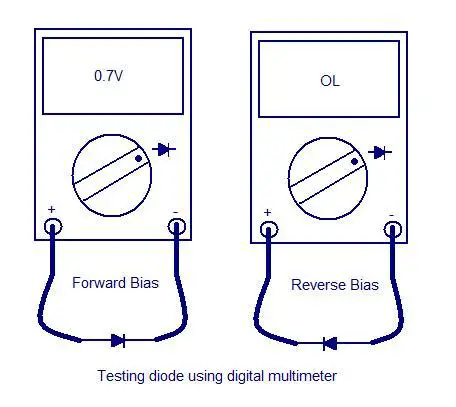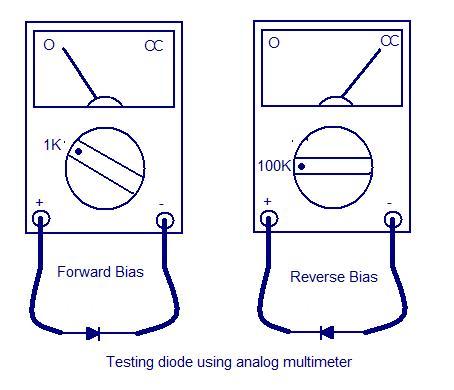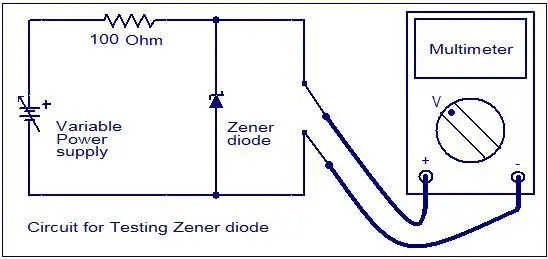There will be a time when all the major
technologies in the world will be in nanoscale. Recent developments have
been undergone in daily used electronic gadgets like mobiles,
computers, laptops and so on. As a part of this, a group of researchers
from IBM and CFEL (Centre for free-electron Laser Science) have been
successful in developing the world’s smallest magnetic data storage
unit. The newly invented unit needs only 12 atoms for storing one bit.
That is, 96 atoms for storing one byte. In a conventional memory storage
unit a byte consists of half a billion atoms and hence this new
technology will prove to be a breakthrough for producing the new
generation of devices called “nanogadgets”.
This nano data storage unit was made by
placing atom by atom by using a STM (scanning tunneling microscope) at
IBM’s Almaden research centre in San Jose, California. First a regular
pattern of iron atoms were constructed and then they were aligned in
such a way that each row contains six atoms. The storage density of this
nano structured memory unit is supposed to be a hundred times better
than the currently used hard drives.
With the help of an STM data is written
to the nano storage unit. The pairs of the atoms will be having two
magnetic states representing zero and one. By using the STM the polarity
of the atoms are changed to the desired value. For this purpose, an
electromagnetic pulse is applied to the electrons from the STM. A weaker
electronic pulse is used to read the data from the nano structure.
In conventional hard drives and other
data storage structures data is stored by ferromagnetism but here
special form of magnetism called the anti ferromagnetism is used here to
record data. As the materials are anti ferromagnetic, the atoms can be
spaced more closely as the magnetic fields will not be interfering with
each other and hence nano size can be achieved. Scientists say that this
discovery will open new doors to quantum physics and smarter gadgets
can be developed in the near future.


